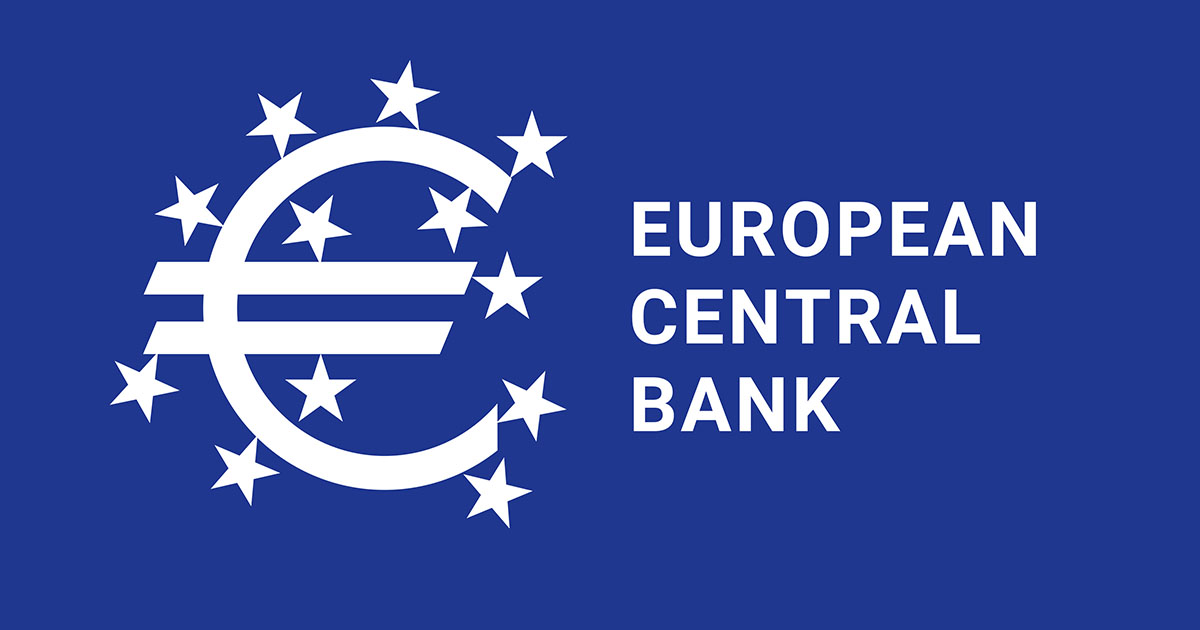
The European Central Bank (ECB) cut policy rates by 25 basis points at its June meeting, its first rate cut in almost five years, but did not provide firm guidance on how its rate cycle may proceed from here. While the ECB Governing Council (GC) has lowered its cruising altitude somewhat, the data flow over the coming months will decide the speed at which the ECB removes additional restrictiveness. In the meantime, we expect policy will remain tight and decisions taken on a meeting-by-meeting basis, with the ECB unlikely to precommit to a particular rate path.
In line with June’s first step in the cutting cycle, which takes the deposit rate to 3.75%, we believe the ECB will continue to proceed cautiously in conventional 25-basis-point moves. Given the ECB’s reaction function (which is based on the inflation outlook, underlying inflation dynamics, and policy transmission), we envision the ECB will keep cutting rates at staff projection meetings, with non-projection meetings less likely to see policy changes. September provides the next opportunity to holistically reassess the disinflation process, and the final staff projection meeting of 2024 takes place in December.
The market is currently pricing another 35 basis points of ECB rate cuts this year, and a policy rate of 2.8% at the end of 2025. The terminal rate priced at around 2.5% – well above most estimates for a neutral policy rate for the euro area – speaks to elevated “last mile” inflation concerns among investors. Contrary to earlier this year, this pricing now seems reasonable and is broadly in line with our long-held baseline of three cuts for 2024, with one cut at each of the two remaining staff projection meetings.
Risks are skewed towards fewer cuts, mainly on the back of sticky services inflation, a resilient labour market, loose financial conditions, and ECB risk management considerations. The spotlight during the second half of the year will likely remain on wage developments and services inflation, particularly in light of a record low unemployment rate of 6.4% and still elevated job vacancies.
Overall, current valuations leave us broadly neutral on European duration. We expect interest rates to stay reasonably range-bound, and prefer to remain tactical in taking duration risk. More structurally, we continue to expect the back end of interest rate curves to underperform relative to shorter maturities, mainly based on a rebuilding of term premia over time (see our recent Secular Outlook for more on this topic).
ECB has renewed confidence in its models
Instead of focusing almost exclusively on its staff macroeconomic projections, in recent years the ECB has built its reaction function around three criteria: the inflation outlook, the dynamics of underlying inflation, and the strength of monetary transmission. With the bulk of the inflation adjustment behind and the projections more accurate once again, the ECB seems to be gradually regaining confidence in its models.
While inflation has been revised upwards somewhat, the June staff projections still point to inflation converging to target late next year. The ECB expects headline inflation to average 2.2% in 2025 and 1.9% in 2026, while core inflation is expected to average 2.2% for 2025 and 2.0% for 2026. As a result, the GC strives to balance the benefits of forecast-based criteria (that might argue for front-loaded rate cuts) against data-dependent criteria (that might argue for a more gradual and sequential approach). This reflects the remaining uncertainty about the degree of persistence in inflation dynamics.
Overall, the projections confirm the narrative of a recovering economy and inflation converging back to target. While the preliminary May inflation release came too late to be incorporated in the projections, the stronger-than-consensus print did feature in the GC discussion. Most importantly, within the core basket, services inflation increased 0.4% to 4.1% year-over-year in May. Stubborn services inflation and strong wage growth will likely keep policy restrictive for an extended period of time.
Labour costs remain key
The new ECB projections see employee wage growth declining from 5.2% in 2023 to 4.8% in 2024, followed by 3.5% in 2025 and 3.2% in 2026. Euro area negotiated wage growth increased from 1.4% in 2021 to 4.5% in 2023, with inflation catch-up being a central motive in wage negotiations. The latest release also saw an increase in the first quarter of 2024 to 4.7%, with one-off payments in the German public sector chiefly responsible for the uptick.
Looking at a broader range of wage data, the overall direction points to deceleration. According to the ECB, data (including, among others, ECB wage tracker data, the Indeed wage tracker based on online job postings, and the ECB’s Survey on the Access to Finance of Enterprises) all suggest that negotiated wage pressures are moderating somewhat. As a result, the ECB expects wage growth to slow gradually from its 2023 peak, and to fully normalise in 2026.
However, beyond wages, there is uncertainty about the trajectory of corporate profit margins and productivity. The June projections suggest that unit profit growth will broadly stagnate in 2024, implying that profits will absorb the increase in labour costs. As the economy recovers, firms might more forcefully regain pricing power. Moreover, the ECB expects that increased demand will boost productivity growth; however, productivity losses for European firms might turn out to be more persistent than anticipated.

